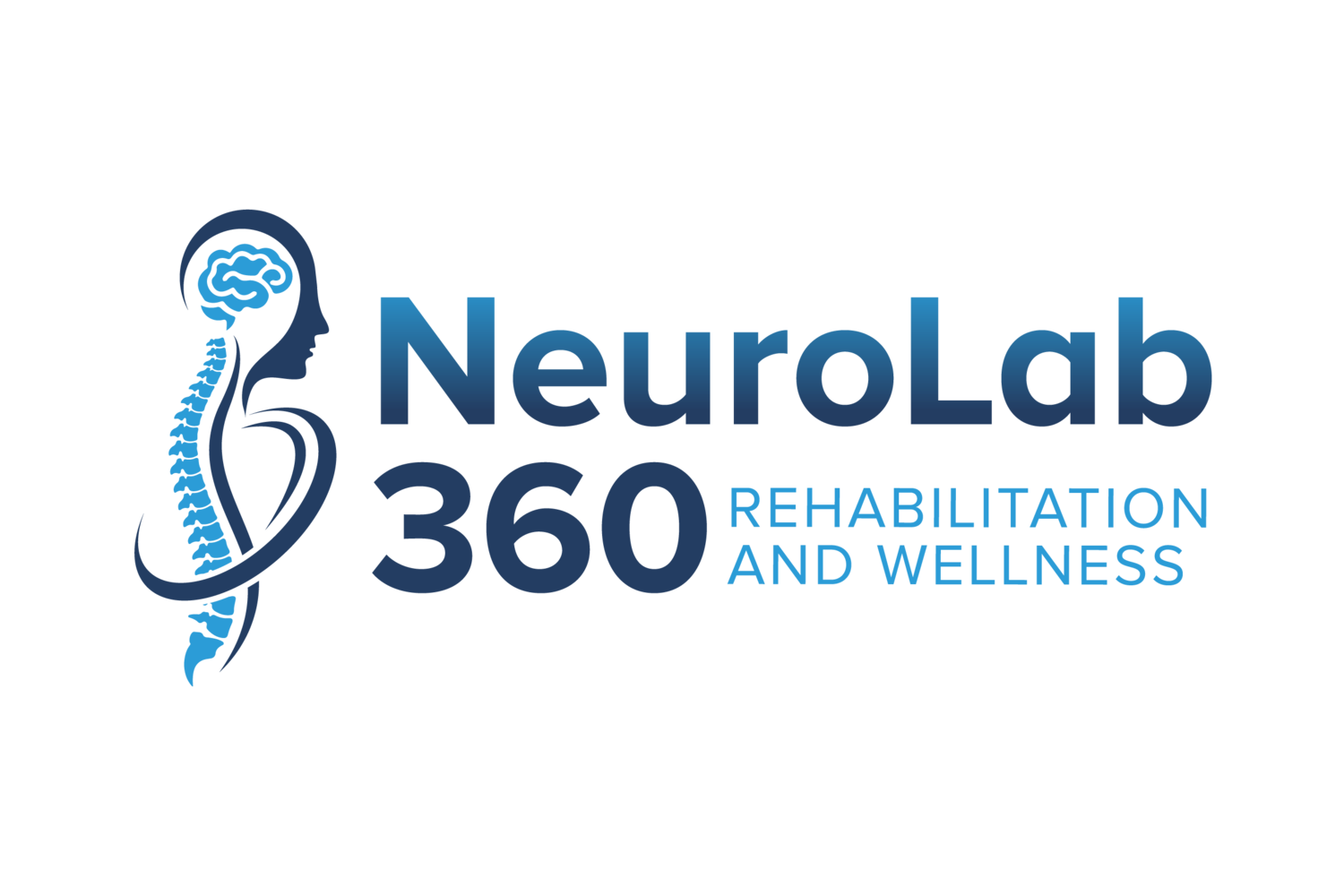What Can Botox Help With in Neurorehabilitation?
Botox (botulinum toxin) is considered the gold standard for treating spasticity— a condition marked by increased, velocity-dependent muscle tone, often affecting specific muscle groups. This means that muscle tightness becomes more pronounced the faster a limb is moved. Botox (onabotulinumtoxinA) is commonly used to manage spasticity by blocking nerve signals to overactive muscles, thereby reducing involuntary contractions and stiffness.
How It Works
In simple terms, Botox temporarily weakens or paralyzes targeted muscles, which helps reduce abnormal tone. This relaxation allows for improved movement and enhances the function of opposing (antagonist) muscles.
Common Uses
Spasticity in the upper and lower limbs
Muscle stiffness in targeted areas such as the arms, legs, or neck
Neurological Conditions Treated
Stroke
Spinal cord injury
Multiple sclerosis
Cerebral palsy and more
Administration
Botox is injected directly into the affected muscles.
Ultrasound guidance is often used to precisely target the correct muscles.
Injections are typically repeated every 3 to 6 months, depending on individual needs.
Benefits
Reduces muscle tightness and improves range of motion.
May enhance quality of life by decreasing discomfort and improving physical function.
Effects typically last around 3 months, with noticeable results appearing within 7–10 days.
Botox achieves best outcomes when combined with exercise and rehabilitation.
Potential Side Effects
Temporary pain or bruising at the injection site
Mild muscle weakness
Additional Considerations
Often used alongside oral muscle relaxants for optimal effect.
Effectiveness varies depending on the dosage, muscle targeted, and severity of spasticity.
Always consult with a qualified healthcare provider to determine the best treatment plan for your needs.
References
Cleveland Clinic. (2022, July 23). Spasticity: What it is, causes, symptoms & treatment. Retrieved July 14, 2025, from Cleveland Clinic website.
Esquenazi A, Jost WH, Turkel CC, Wein T, Dimitrova R. (2023). Treatment of adult spasticity with Botox (onabotulinumtoxinA): Development, insights, and impact. Medicine (Baltimore), 102(S1):e32376. doi:10.1097/MD.0000000000032376. PMID: 37499086; PMCID: PMC10374184.

